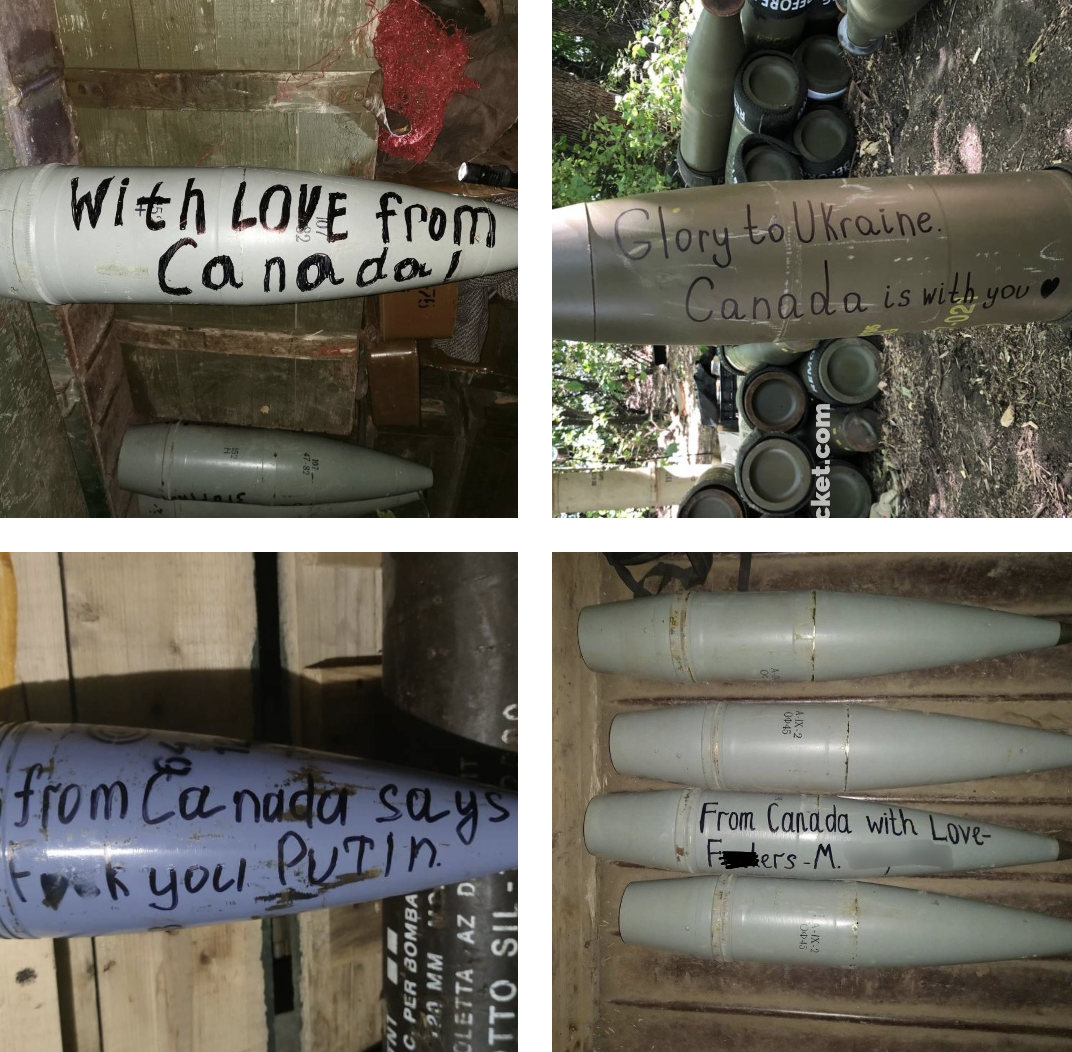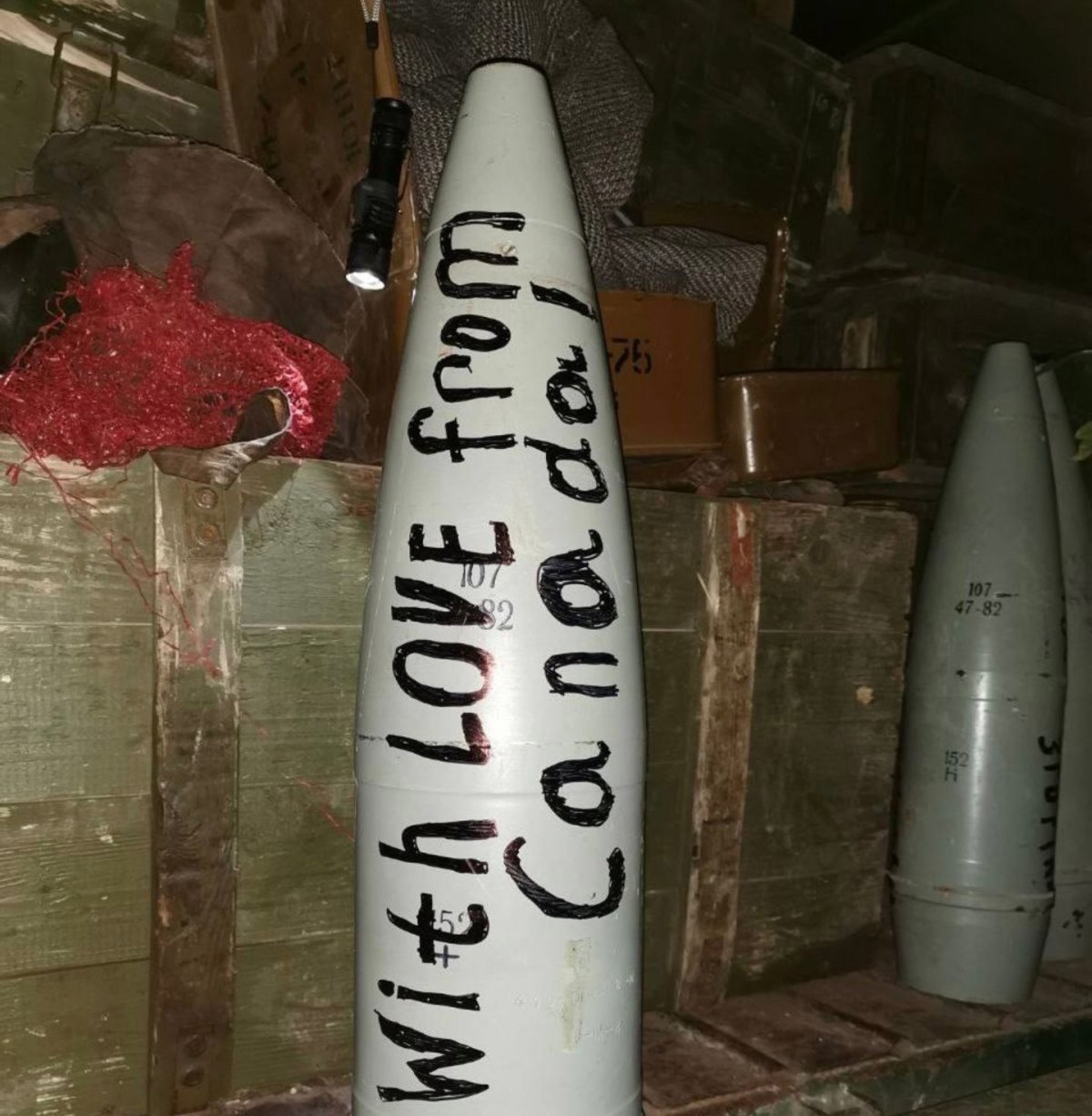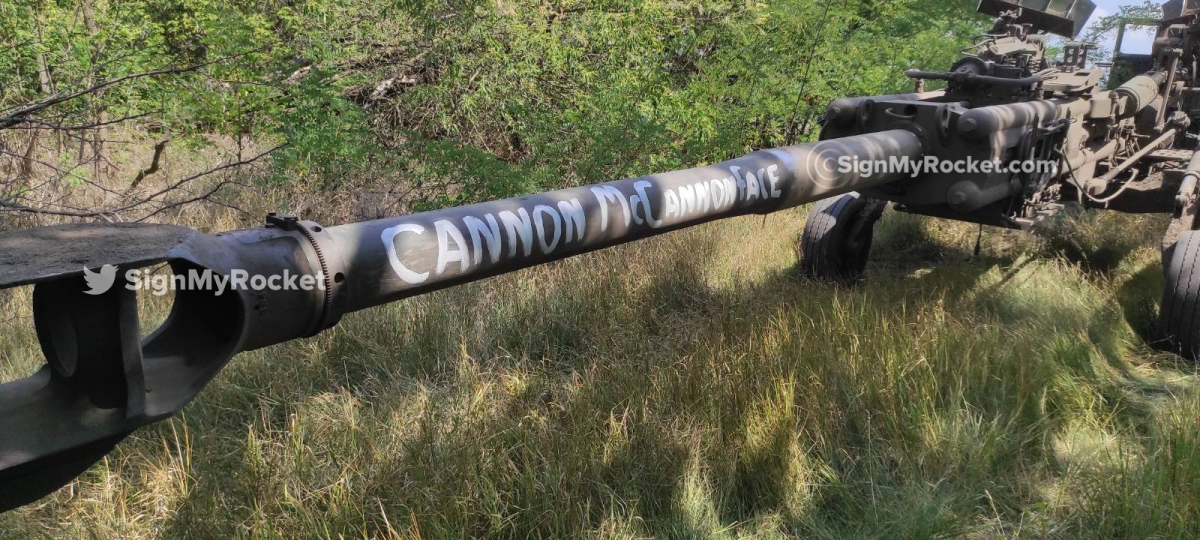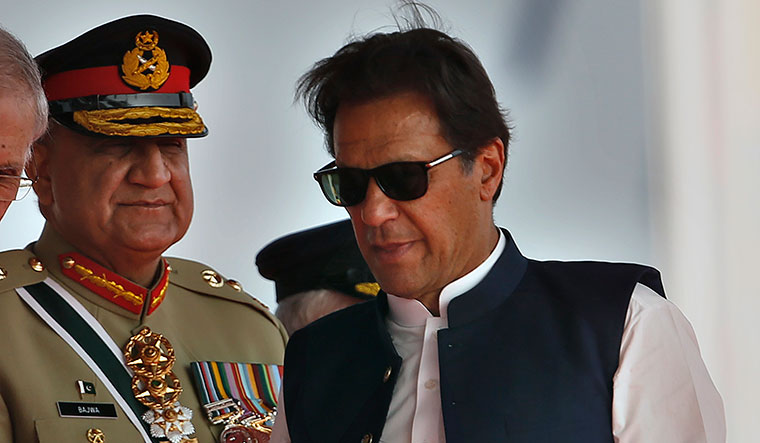August 22, 2022

Israeli forces in the West Bank on July 26, 2022
August 22, 2022
Israel's domestic spy agency, Shin Bet, has ordered the directors of two Palestinian rights groups to stop their work and sever their connections with their organisations, Haaretz has reported.
"They told me that I need to know that the organisation that I work for is illegal, and that it is illegal for me to keep working there either in or out of the country, and that if I continue, they will act against me," said Khaled Quzmar, director of Defence for Children International – Palestine.
Quzmar told Haaretz that he received a call from a man who identified himself as a Shin Bet investigator and called him in for interrogation. The agency told him that this was the last warning that it would give. Nevertheless, he insisted to Shin Bet officers that the allegations were untrue.
"I said that I know my organisation 100 per cent and that it's a lie, and that if they have evidence that they can take me to court," he explained to Haaretz. "They said that if I continue to work at the organisation, they will take me to court." There was a clear threat from Shin Bet, he added.
The director of Al-Haq rights group, Shawan Jabarin, also told Haaretz that he received a call from a man who called himself Fahed and said that he was from Shin Bet. He too was called for interrogation.
READ: 9 European countries 'concerned' about Israel closing Palestine NGOs
"I told him that I am a man of the law, and that if he wants to, he needs to send me an official letter via a lawyer or to come to my home," said Jabarin. "He told me that continuing to work at Al-Haq and opening its offices is terrorism, and that I am a member of the PFLP. I told him that I am not, and that he is a liar who represents the forces of the occupation.
"He told me that I will pay a high price and that I will be detained and investigated. I asked him if this was a threat, and he said 'Yes'."
The Shin Bet order came just days after Israeli occupation forces raided the offices of seven Palestinian rights groups which were declared by Israeli Defence Minister Benny Gantz last October to be "terrorist entities".

Israeli forces raided and shut down 7 Palestinian NGOs allegedly having links to terrorism in Ramallah, West Bank on 18 August 2022
August 22, 2022

The Palestinian Liberation Organisation (PLO) yesterday announced that it had opened its offices as temporary headquarters for the seven rights groups closed by Israel, the PLO's Human Rights Department said.
Following an emergency meeting held in Ramallah, the PLO's Human Rights Department said that its decision comes in response to the Israeli decision to close the Palestinian rights groups.
During the meeting, Fatah Deputy Head, Mahmoud Al Aloul, said: "The closure of the seven Palestinian rights groups is part of the Israeli crimes committed against the Palestinians on a daily basis."
Head of PLO's Human Rights Department, Ahmad Al Tamimi, said that the department is ready to offer all the needed support for the rights groups to be able to resume their work.
Director of Al-Haq, Shawan Jabarin, said: "The Israeli closure of the offices of the rights groups is a political measure which is targeting all Palestinians."
READ: US 'concerned' over Israel raids on Palestinian NGOs, admitting lack of evidence for terror claims
On Thursday at dawn, Israeli forces raided the city of Ramallah in the West Bank and closed the offices of seven Palestinian human rights NGOs.
The raid included six NGOs designated as "terrorist organisations" in 2021, as well as the Union of Health Work Committees, which Israelclaims is linked to the Popular Front for the Liberation of Palestine (PFLP), outlawed by Tel Aviv.














